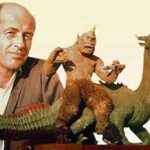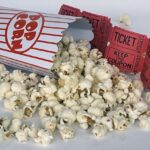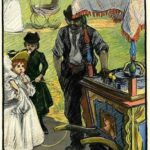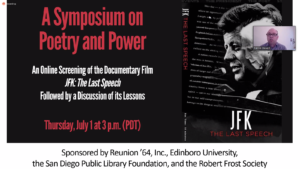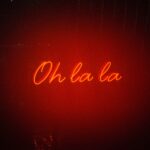Dear Kids and All Readers,
Somewhere, in nearly every work of fiction, you’ll find a little piece of the author’s life–added with tongue in cheek or, possibly, to cement the object or idea in immortality.
This addition could be something significant like a character’s name, personality trait, or journey, mirroring the author’s. But it could be something obscure like a song, a poem, or an object referenced that has hidden meaning for the writer.
In my Book 2, Eucalyptus Street: Green Curse, there is a remnant from my childhood that remains a part of my life, namely, lions. So, it’s little wonder that lions “prowl” the de Cordoba mansion and grounds, as you know if you’ve read the book. Some artists’ creations are from scratch, but lions “came naturally” to me as I wrote my story. Why?
As a child, I would hurry off to play at my friend Mary’s house many blocks away. The most direct route would take me past a pair of identical stone lions. Beginning in the late 1950s, to replace some crumbling lampposts, they came to majestically flank the walkway leading to a tall wrought iron gate and the steps to the front porch of a pretty Spanish stucco house. I remember stopping occasionally to admire the full-maned animal twins, even patting them on their heads. Was the attraction because I, too, am a twin? Perhaps.
Years later, in the 1980s, I would walk my then little daughter past the same male lions. Despite their obvious gender, she named them “Cindy” and “Linda,” and that’s how she would greet them whenever we passed. The previous owners attached a historic designation plaque by the front door that says “The Lion House, 1920,” and named the pair “Max” and “Scotty.” But to my now-adult daughter, they’ll always be “Cindy” and “Linda”!
The current residents have maintained the proud pair perfectly and even “dress” the lions to match the holidays–Game of Thrones costumes for Halloween, masks for the pandemic, and patriotic bunting for the Fourth of July! What a privilege that I still get to enjoy them on my walking route. One glimpse and I’m transported back to my childhood and to my early parenthood. I hope to share them with my grandchildren when they visit.
So, get a clue, Readers. What are some significant objects in your lives? Like me, do you still get pleasure from them? I hope you’ll create a work of art to anchor them to your history.


